Much Ado About Something - Artwork Matters Most!
by Sarah Izzo
In the world of messaging, the design is critical to the delivery and getting the action you want out of the audience, let alone getting their attention—everything starts here. What do you want to achieve and how do you reach the right people? Thankfully, we have an experienced team at OEX that is ready to be part of those first conversations to come up with the best solutions and work with you to create success.
No matter what industry, you need to understand a little bit to be an informed consumer. However, there is a level where it becomes too much for many of us, and you just want someone else to handle it. Let OEX be a member of your team with our experienced designers. If you are undaunted or a designer yourself than press forward for these next two blogs are for you.
Today's part deals with bleeds, file formats and design software. Last parachute before you venture further down this rabbit hole - our staff is available to assist you in collecting and submitting your files properly so we can meet your time, quality and budget demands. It's always a good idea to touch base with us before starting the project or before bringing your project to us for production. Files not properly prepared most always will be subject to design charges and there may be more affordable ways to achieve your end goal. Let OEX be part of the pre-planning to give you the extra advantage of our experience. Now, let’s get nerdy with it!
To bleed or not to bleed - is that the question?
What is a bleed? It’s when your design goes to the edge of the paper instead of having a white non-printing margin/border on all four sides. The ink bleeds to the edge… well, not really. Regardless, it requires something we call —crops and bleeds. If you don’t have that white margin, you must supply extra design 1/8 inch past the cut/trim edge.
All that exports is not gold - what file types work?
We constantly receive questions about artwork requirements and how files should be submitted (see artwork guide in the Tools section of our website). There are so many file types it’s hard to list them all, but there are some that are best for professional production. Most design software will be able to generate at least one of the following:
Raster Images (Preferred File Type: TIFF or JPEG):
Resolution must be 300 dpi or greater resolution at 100% size intended to produce
Color mode must be CMYK (PNG or GIF are unable to be CMYK)
Vector Images (Preferred File Type: AI or EPS):
Resolution is not an issue – this is the language of lines, clipart, fonts and logos
Fonts must be provided or converted to outlines
Color mode must be CMYK (SVG or WMF are unable to be CMYK)
Beware of Raster Images saved as EPS files – they are not vector
Adobe Acrobat Portable Document File (Preferred File Type: PDF or PDFx):
All raster images must be 300 dpi or greater
Fonts must be embedded or converted to outlines
Color mode must be CMYK
Beware of transparencies and drop shadow use in PDF – flattening recommended
If InDesign be the software of your choice, design on.
We are not getting royalties for saying so, but nothing on the market yet compares to the Adobe Flagship. We love InDesign for our layout work with the companions of Photoshop and Illustrator. When used as intended with quality assets nothing compares. Didn’t use Adobe? We can usually help or recreate so don’t despair – reach out to print@oexusa.com and let us assist.


